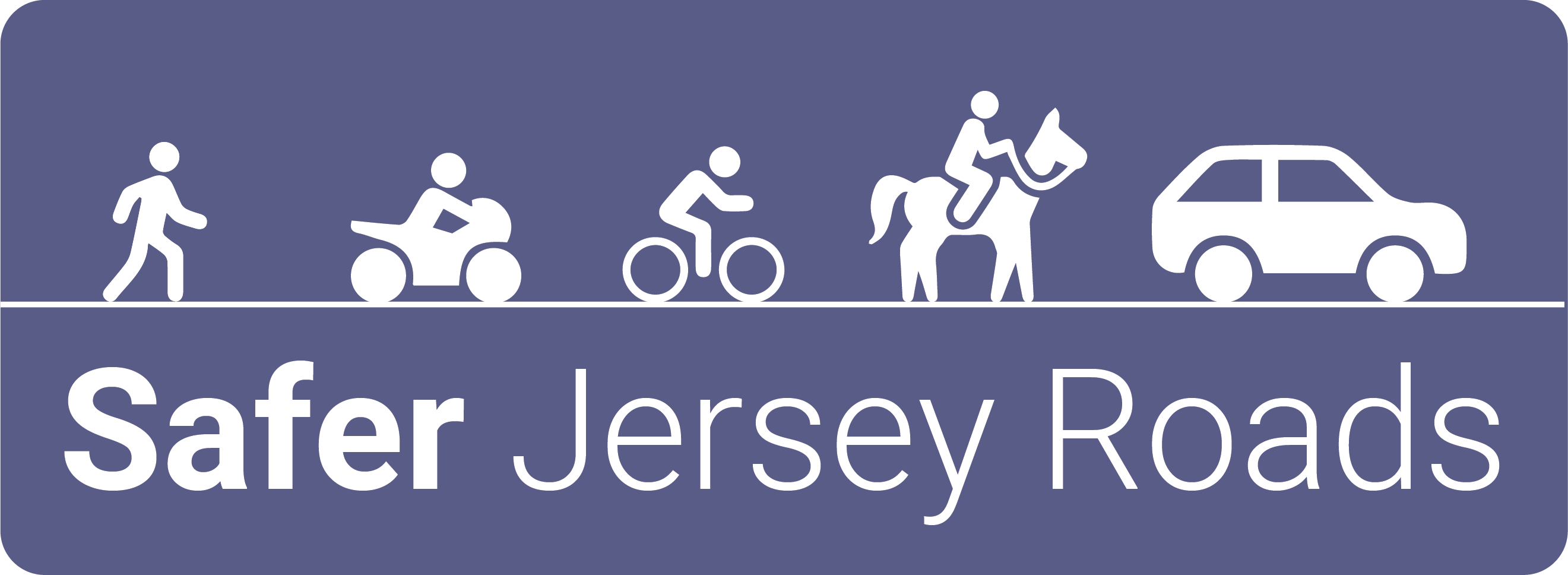Road Safety for Younger Children
Ensuring the safety of young children on the roads is a critical responsibility for parents and caregivers. On this page you will find practical activities and essential tips to help young children grasp the basics of road safety. From understanding traffic and vehicle speeds to recognising safe places to cross the road and the importance of wearing bright clothing, this guide aims to build a solid foundation for young children’s safety awareness. Additionally, it emphasises the necessity of using booster seats and child restraints to keep children secure while traveling in vehicles. By teaching these fundamental concepts, we can help protect our children and install lifelong road safety habits.
What is Traffic?
Traffic includes all the vehicles that move on the road, such as cars, buses, bicycles, and motorbikes. Help your child understand traffic by discussing the different types of vehicles they see on the road. Reinforce the idea that all these vehicles together make up traffic.
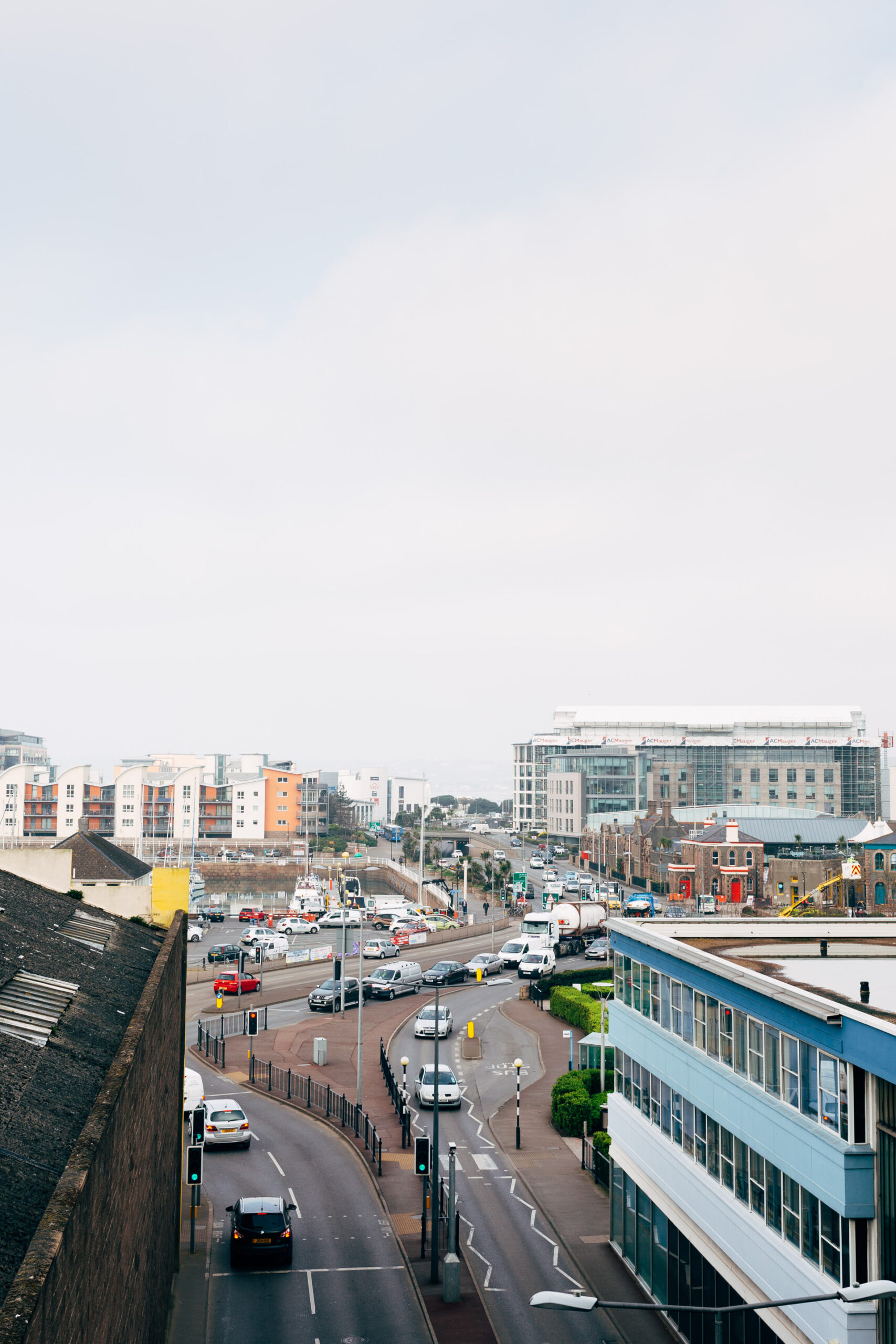
Understanding Fast and Slow
Explain that some vehicles move quickly and some move slowly. During a walk, point out vehicles moving at different speeds and discuss which ones are fast and which are slow. This helps children differentiate between the two and understand the concept of speed.
Near and Far
Help your child understand the concepts of near and far using vehicles on the road. Point out vehicles that are close by and those that are further away. While out, ask your child to identify which vehicles are near and which are far. This activity enhances their spatial awareness.


Understanding Fast and Slow
Explain that some vehicles move quickly and some move slowly. During a walk, point out vehicles moving at different speeds and discuss which ones are fast and which are slow. This helps children differentiate between the two and understand the concept of speed.
Near and Far
Help your child understand the concepts of near and far using vehicles on the road. Point out vehicles that are close by and those that are further away. While out, ask your child to identify which vehicles are near and which are far. This activity enhances their spatial awareness.

The Importance of Holding Hands
Explain that holding an adult’s hand while walking near or crossing roads is important for safety. It helps keep children close and away from danger. Practise holding hands while walking near traffic, reinforcing that this is a crucial safety habit.
Understanding Pavements and Kerbs
Teach your child to always walk on the pavement and to stop at the kerb before crossing the road. During walks, reinforce the habit of stopping at the kerb, looking both ways, and listening for traffic before crossing. This helps them develop good pedestrian habits.
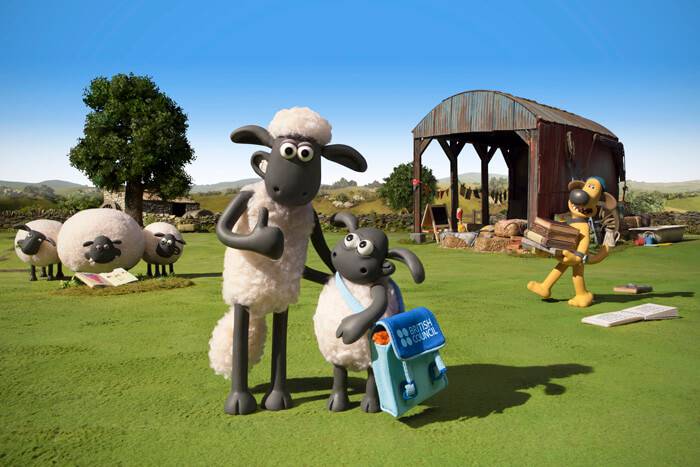
The Importance of Holding Hands
Explain that holding an adult’s hand while walking near or crossing roads is important for safety. It helps keep children close and away from danger. Practise holding hands while walking near traffic, reinforcing that this is a crucial safety habit.
Understanding Pavements and Kerbs
Teach your child to always walk on the pavement and to stop at the kerb before crossing the road. During walks, reinforce the habit of stopping at the kerb, looking both ways, and listening for traffic before crossing. This helps them develop good pedestrian habits.

Looking and Listening Skills
Teach your child to always look both ways before crossing a road and to listen for any approaching vehicles. Practise stopping at the edge of the pavement, looking left, right, and left again, and listening for traffic sounds before crossing. This develops their ability to assess their surroundings.
Recognising Road Signs
Introduce common road signs such as stop signs, pedestrian crossings, and traffic lights. Explain what each sign means and why it’s important. During walks, point out these signs and ask your child to tell you what they mean. This helps them become familiar with road safety symbols.
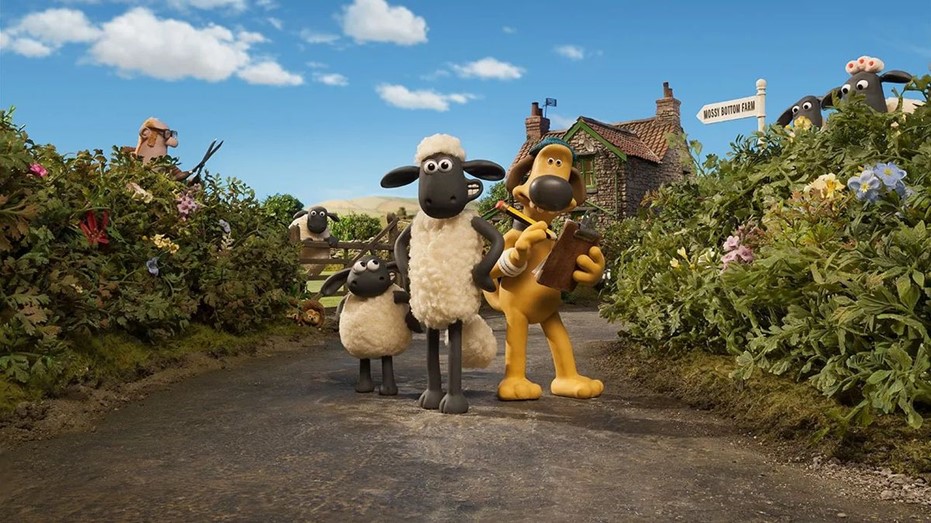

Looking and Listening Skills
Teach your child to always look both ways before crossing a road and to listen for any approaching vehicles. Practise stopping at the edge of the pavement, looking left, right, and left again, and listening for traffic sounds before crossing. This develops their ability to assess their surroundings.
Recognising Road Signs
Introduce common road signs such as stop signs, pedestrian crossings, and traffic lights. Explain what each sign means and why it’s important. During walks, point out these signs and ask your child to tell you what they mean. This helps them become familiar with road safety symbols.

Safe Places to Cross the Road
The following content highlights the core elements of effective road safety management. Each element is explained with a focus on its role in promoting safer road environments and fostering collaborative efforts to reduce risks and improve outcomes.
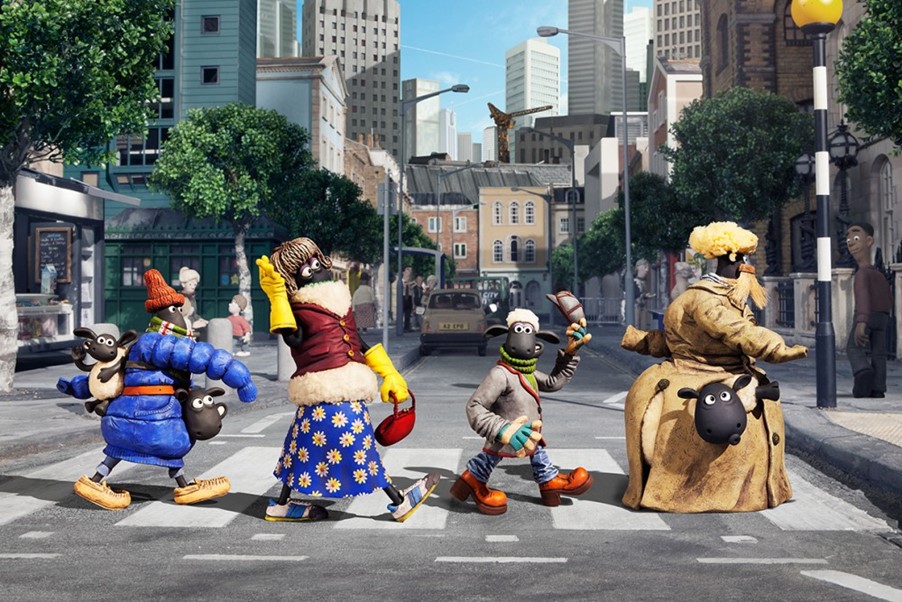
Being Seen and Being Safe
Explain the importance of being visible to drivers, especially in low light conditions. Wearing bright or reflective clothing can help drivers see pedestrians more easily. Encourage your child to wear bright or reflective clothing when out near roads, and explain how this helps keep them safe. More information on how to be safe and seen can be found here.
Walking on Country Roads
It’s important to teach your child to walk on the right side of the road, facing oncoming traffic when walking on country roads. This allows you and your child to see approaching vehicles and react quickly. Emphasise staying close to the edge and using any available verge for safety.

Being Seen and Being Safe
Explain the importance of being visible to drivers, especially in low light conditions. Wearing bright or reflective clothing can help drivers see pedestrians more easily. Encourage your child to wear bright or reflective clothing when out near roads, and explain how this helps keep them safe. More information on how to be safe and seen can be found here.
Walking on Country Roads
It’s important to teach your child to walk on the right side of the road, facing oncoming traffic when walking on country roads. This allows you and your child to see approaching vehicles and react quickly. Emphasise staying close to the edge and using any available verge for safety.

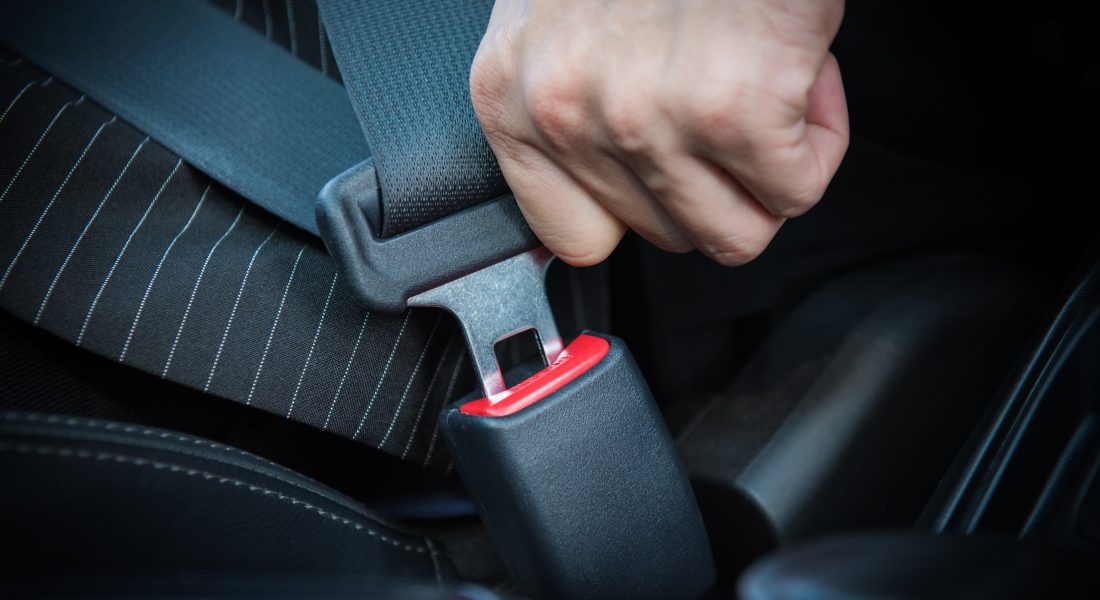
Booster Seats and Child Restraints
Under Jersey law, children must be appropriately secured in a vehicle to ensure their safety:
- Children under 3 years old: Must use an appropriate child restraint
- Children aged 3 to 11 years: Should use a child restraint if available, if a child restraint is not available, they must wear an adult seat belt
- Children aged 12 years or older or over 135cm tall: Must wear an adult seat belt
More information on this can be found here.

Booster Seats and Child Restraints
Under Jersey law, children must be appropriately secured in a vehicle to ensure their safety:
- Children under 3 years old: Must use an appropriate child restraint
- Children aged 3 to 11 years: Should use a child restraint if available, if a child restraint is not available, they must wear an adult seat belt
- Children aged 12 years or older or over 135cm tall: Must wear an adult seat belt
More information on this can be found here.


